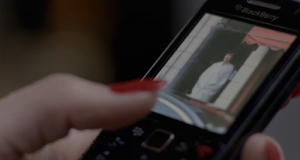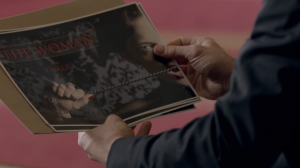In class today we joined forces to try and combat what Rosenwasser and Stephen call “Counterproductive Habits of Mind” (See pages 42-71 in Writing Analytically). These habits do not bolster analytical thinking, but instead they “shut down perception and arrest potential ideas at the cliché stage.”
Rosenwasser and Stephen categorize these problems into four types: a Premature Leap (43), The Judgment Reflex (44), Generalizing (46), or Naturalizing our Assumptions (47). Since, as a class, we are still struggling with some of these counterproductive habits of mind, I asked you to work on revising some examples of these common mistakes.
I am going to post the statements for revision below. Instead of writing a full reaction paper for Wed, I simply want you to comment on this post with your revised claim. Your claim might be a sentence or a few sentences, but please note which statement you worked on in your group. We’ll take a look at the revised statements together in class on Wednesday.
Statement A:
The character Veronica Mars uses a camera and watches people, so therefore the series must be an adaptation of Rear Window. (Premature Leap)
Statement B:
The Veronica Mars pilot episode does not get its point across because it is over-dramatic and outdated making it uninteresting to viewers today. (The Judgment Reflex)
Statement C:
What Veronica Mars all boils down to is bullying and how it is always bad for schools. (Generalizing)
Statement D:
The character Veronica Mars comes from a broken home and just suffered a break up so her interactions with other people are guarded and sometimes mean because she has a broken heart due to these things. (Naturalizing Our Assumptions)
Statement E:
In the TV series Veronica Mars, Veronica has a series of flashbacks suggesting that she lives too much in the past (Generalizing)
Statement F:
Veronica Mars is a TV series a feminist show because it deals with rape and Veronica is a strong woman. (Generalizing/ Naturalizing Our Assumptions)




